Metro Washington Council of Governments Develops Strategic Investment Plan For the D.C. Metropolitan Area
About Metropolitan Washington Council of Governments, DC Metro Region
The Washington D.C. Metropolitan Area is a diverse and dynamic region home to more than five-and-a-half million people and one of the nation's largest economies. More than a million new residents and jobs are forecast between now and 2045. Managing this growth—and enhancing the region's quality of life—requires partnership. This is why the region relies on the Metropolitan Washington Council of Governments, also known as COG.
COG is an independent, nonprofit association, with a membership of 300 elected officials from 24 local governments, the Maryland and Virginia state legislatures, and U.S. Congress. Every month, more than 1,500 officials and experts connect through COG to share information and develop solutions to the region’s major challenges. The Board of Directors is COG’s governing body and is responsible for its overall policies. In addition, a wide network of city and county managers, housing and planning directors, environmental experts, public health officials, transportation planners, and more coordinate through COG’s committees.
Together, area officials and COG staff are helping advance the Region Forward Vision, which maps out ambitious goals and targets for a more prosperous, accessible, livable, and sustainable future. COG has also affirmed racial equity as a fundamental value, which is woven into the vision and throughout COG’s work.
Challenge:
COG was looking for a walkability rating and diagnostic tool to inform the Strategic Investment Plan for the DC Metro region. COG needed evidence-based insights on ways to improve walkability, social equity, and economic development within their selected areas, including Alexandria, VA, Arlington, VA, Bowie, MD, Charles County, MD, College Park, MD, the District of Columbia, Fairfax County, VA, Falls Church, VA, Loudon County, VA, Montgomery County, MD, Prince George’s County, MD and more.
Solution:
To assess 95 neighborhoods within the DC, Maryland and Virginia metropolitan region, COG used State of Place’s software to diagnose their built environment assets and needs, and develop recommendations related to interventions, investments, and policies aiming to increase walkability, safety, social equity, and economic development. COG was also able to utilize State of Place to visualize financial forecasts and scenario plans to further decision-making.
Results:

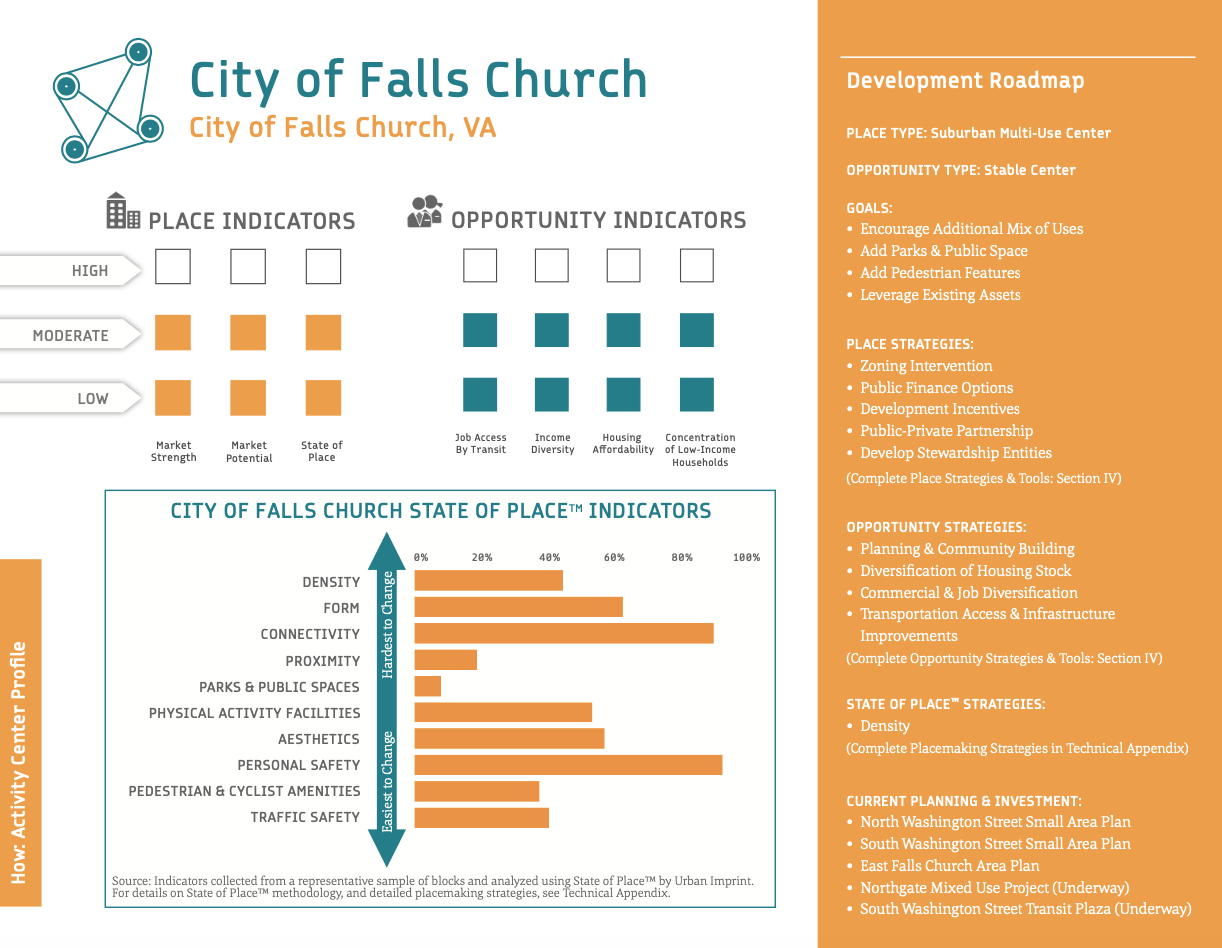
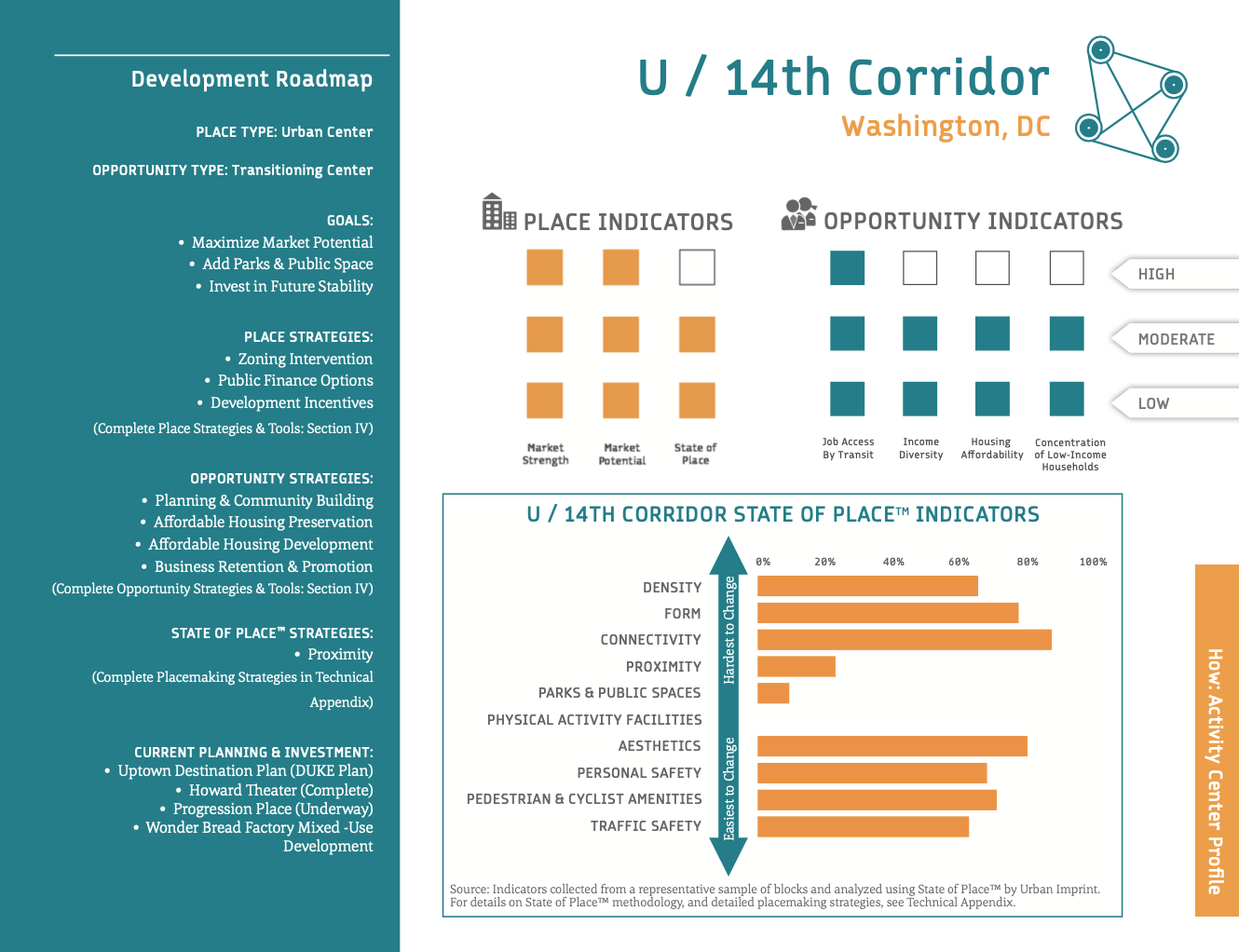
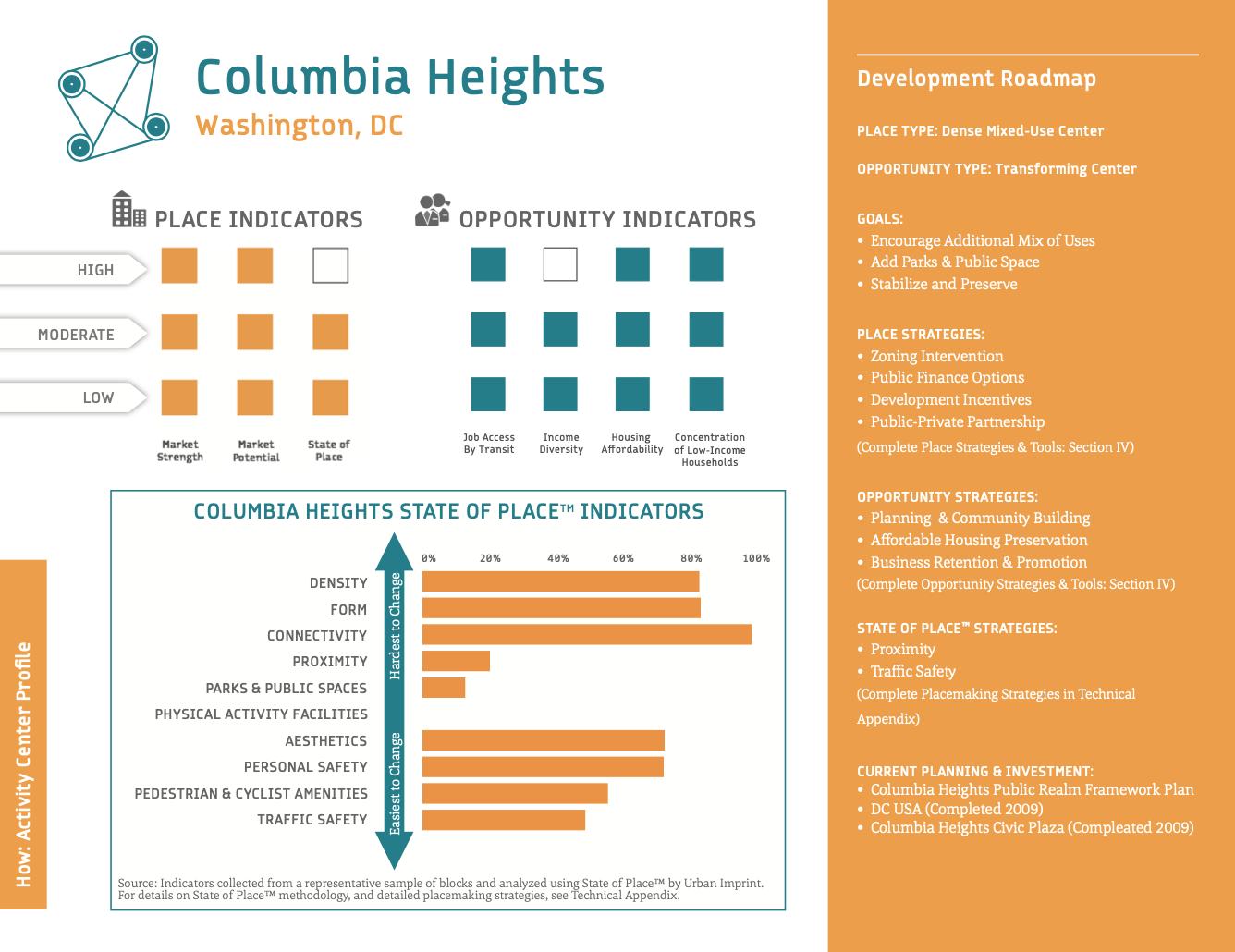
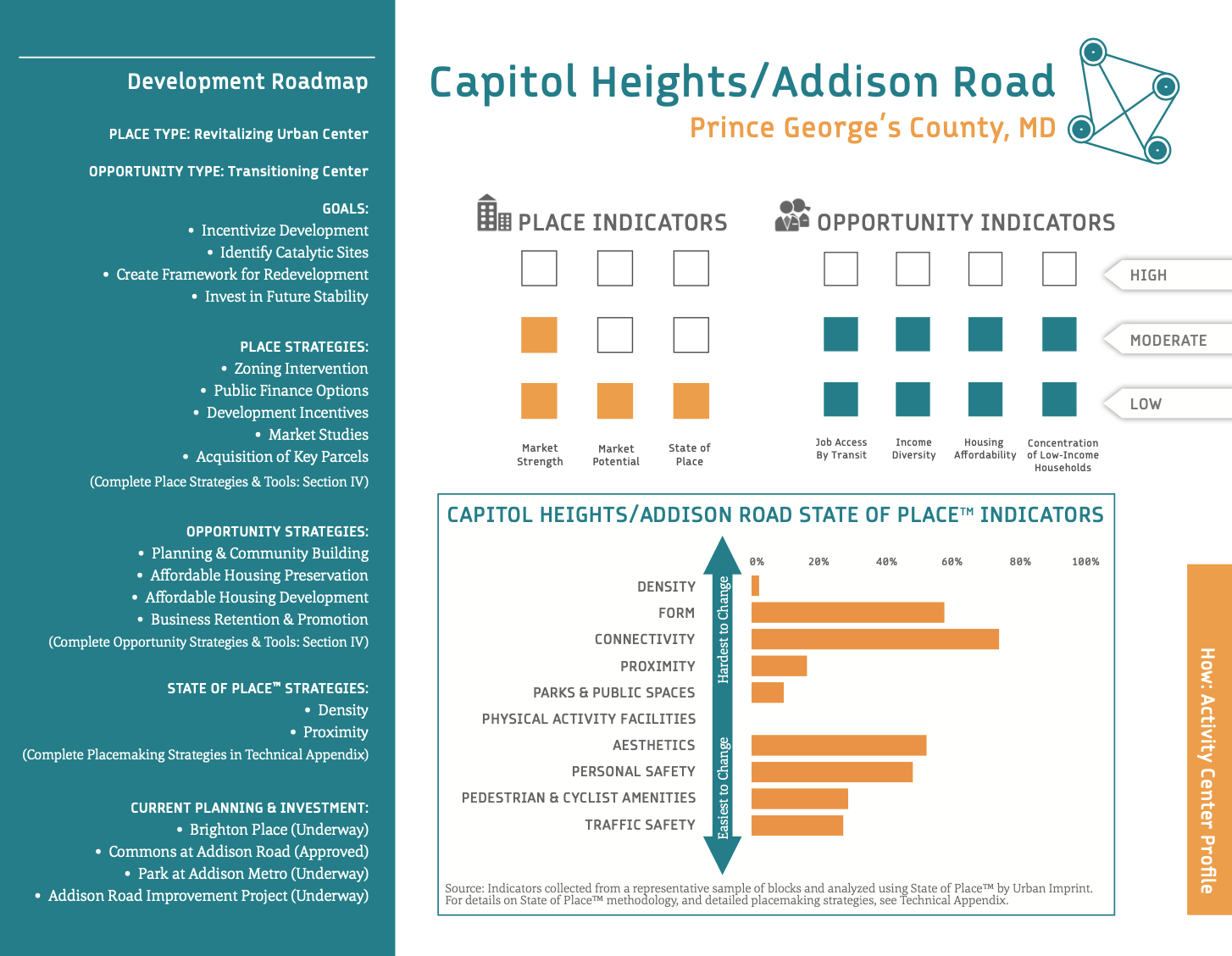

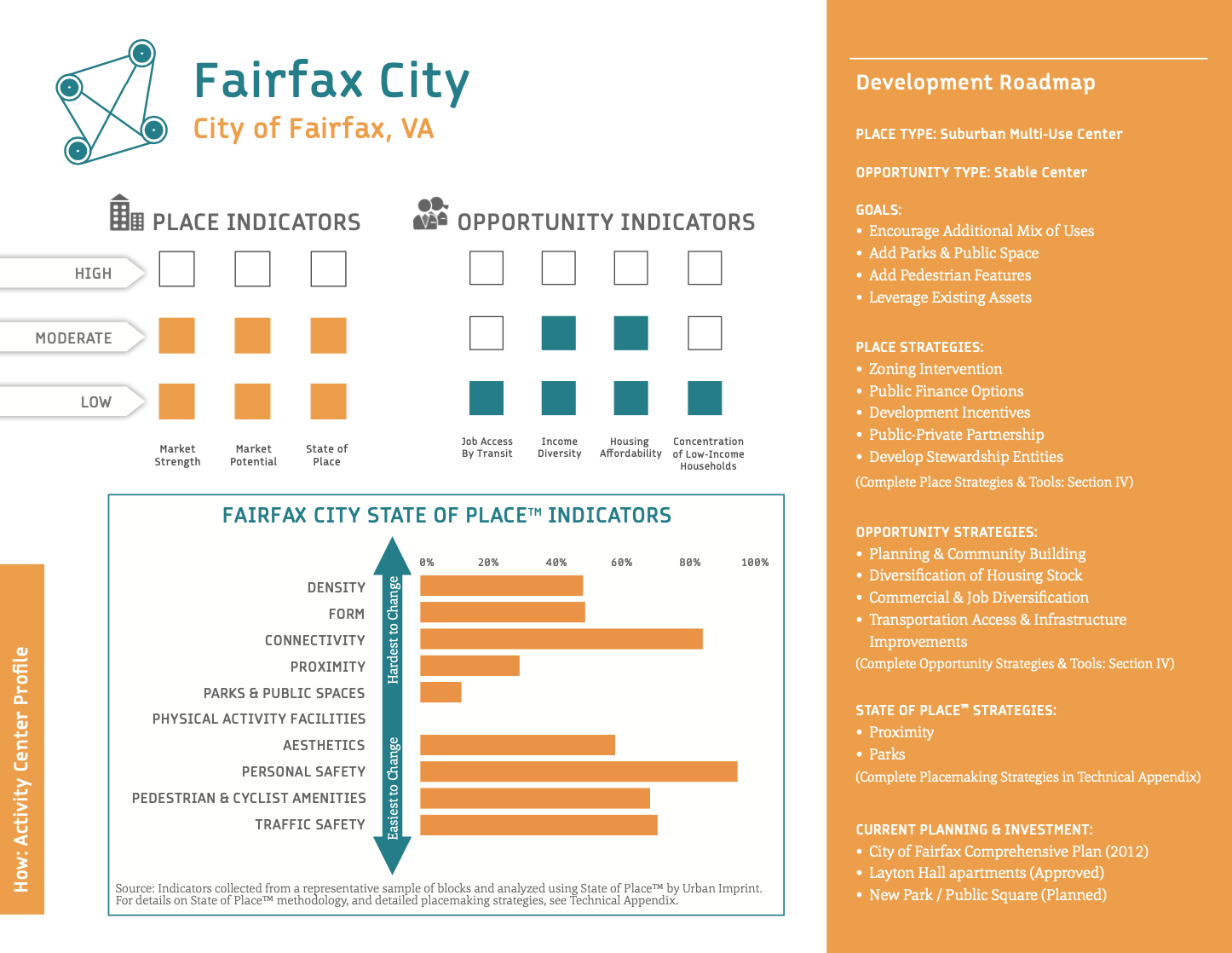
With State of Place, COG was able to measure and analyze urban design amenities, including:
Density
Form
Connectivity
Proximity
Parks and public spaces
All activity facilities
Aesthetics
Personal safety
Pedestrian and cyclist amenities
Traffic safety
& developed evidence-based recommendations relating to maximized:
ROI
Walkability
Planning and community building
Diversification of housing stock
Income diversity
Mixed-use centers
Strengthening of activity centers
Transportation access and infrastructure improvements
